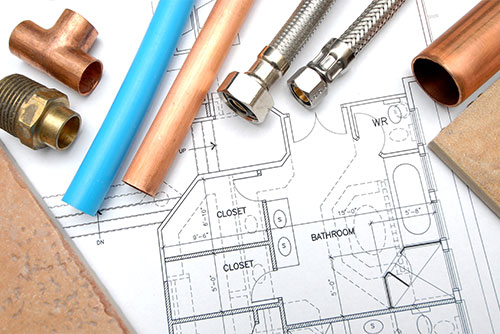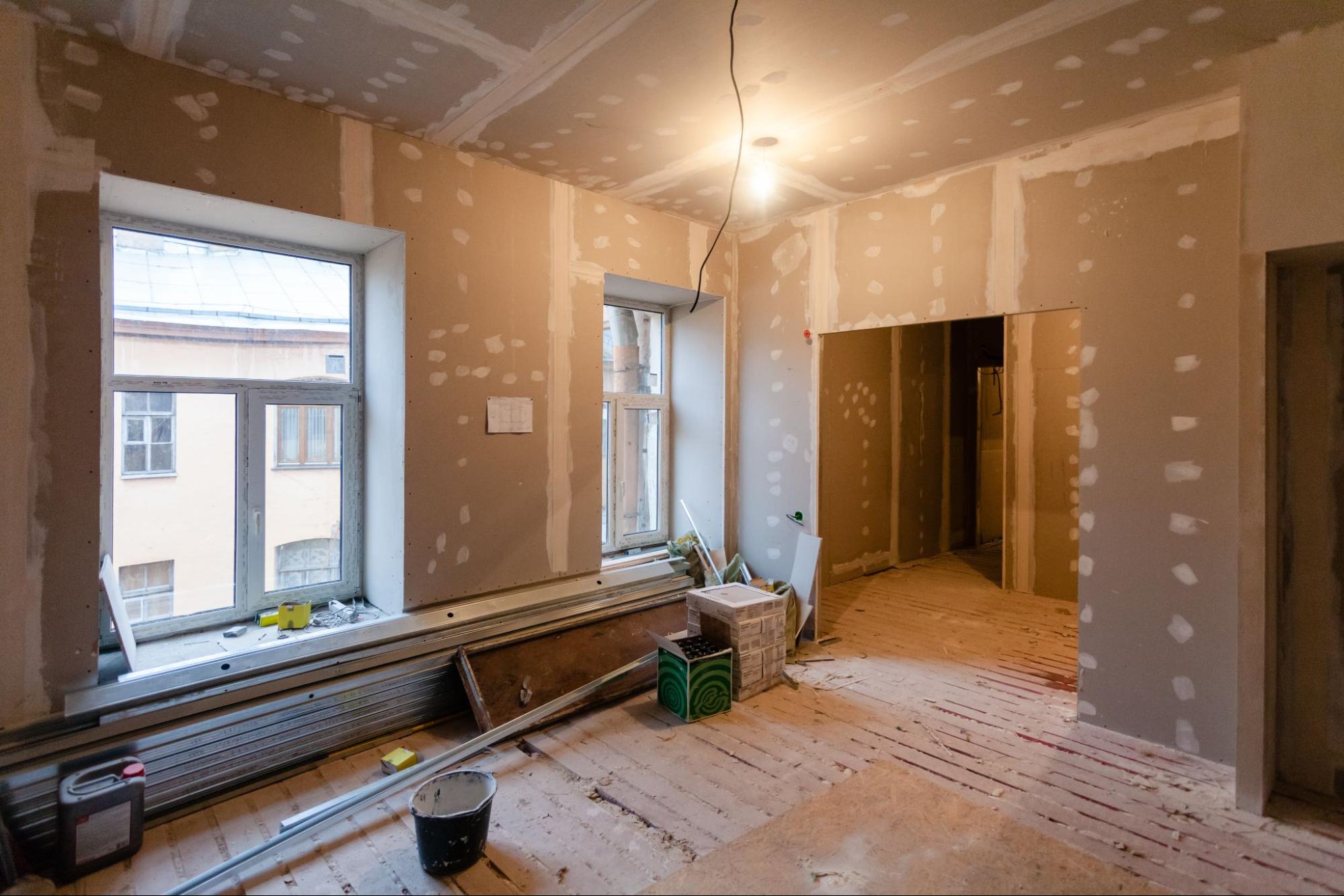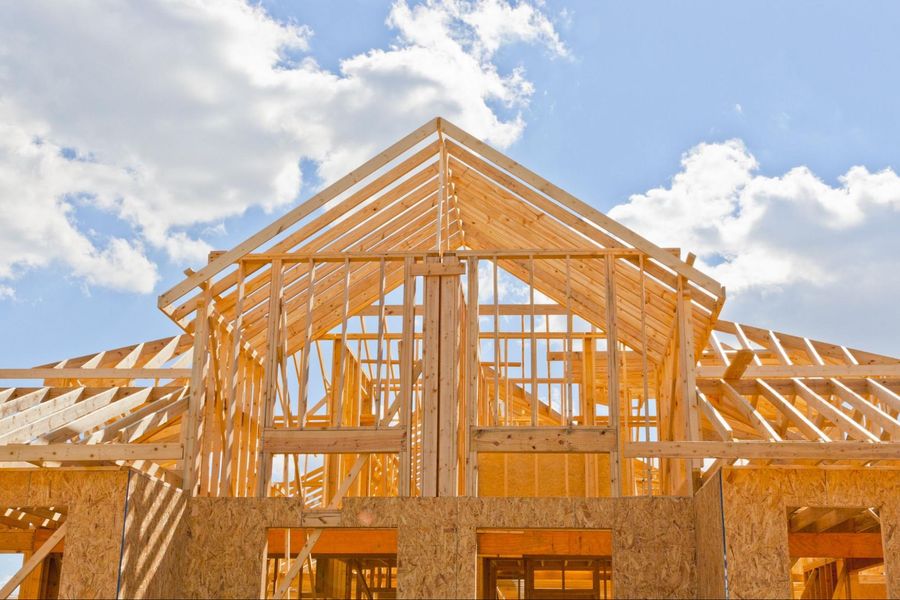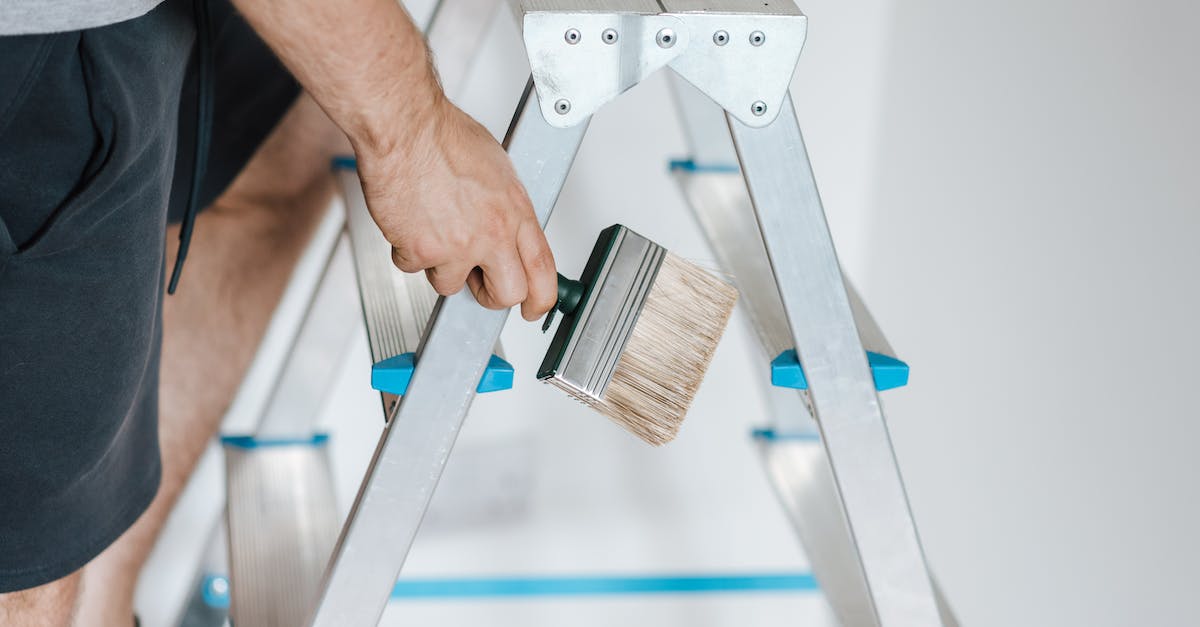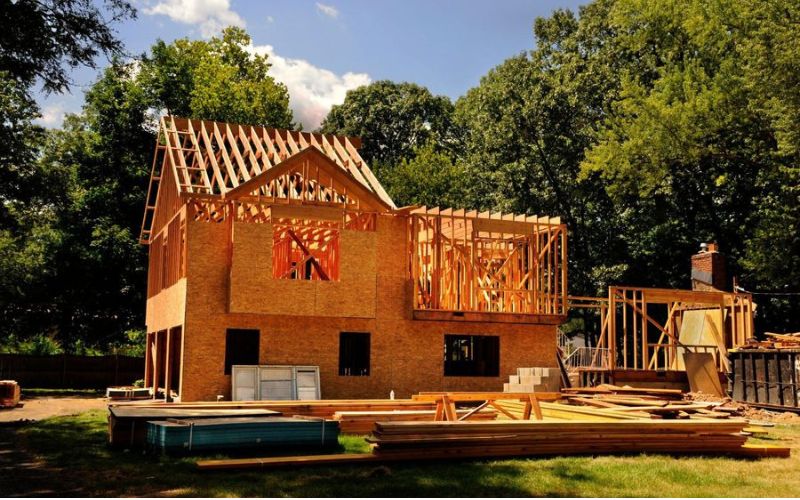There are a lot of factors prospective buyers take into account when shopping for a new property. The old mantra about location is certainly true, but investors are also looking to ensure the home they purchase has enough bedrooms to accommodate their desired tenants. Almost as important is that there is a sufficient number of bathrooms to meet everyone’s needs.
Adding a bathroom is unquestionably easier than adding a new bedroom or changing the location of a home, but because of the limits of a home’s existing plumbing, the gravity required for the disposal of flushed material, and the need to effectively manage potentially noxious gases, adding a bathroom can require a major overhaul of your property – running new pipes through your upper floors or digging up sections of the concrete floor in the basement.
However, a grinder tank and drainage pump can take those concerns away. Using this powerful combo doesn’t require you to rip up any walls or elevate any floors. On the contrary, it provides you the flexibility to put a bathroom almost anywhere in or around the home.
What is a grinder tank?
A grinder tank and pump system is an external wastewater management system that is installed between your bathroom fixtures and a drainage line. Within the tank — the unit is typically small enough to fit behind the toilet – is a pump equipped with a macerating or grinder plate, which rotates to provide between 70,000 and 250,000 cuts per minute, reducing most solids to particulate matter and making it easier to wash away without fear of clogs.
Designed for a full or half bathroom, a grinder tank system is equipped to manage the wastewater from a toilet, sink, bathtub and/or stand-alone shower. A good-quality grinder pump system typically retails for between $600 and $1,000.
The uses of a grinder tank to enhance the value of your home are many. If you simply want to add a bathroom to your home, all you need to do is find the space to do it and ensure there is a water supply line and vent pipe nearby. The chances are excellent that a grinder pump system can be used in that space.
Likewise, if you are considering adding a secondary suite to your primary residence to generate some rental income, but your home is not roughed in for a bathroom in the basement, it will be a costly and time-consuming endeavour to dig up the concrete floor, run the required pipes and refinish the floor. With the grinder system, you simply pick the spot where you want to put the bathroom (ensuring the floor is level, a GFCI outlet is nearby and there is a water supply to the area) and place it there.
All the plumbing from the bathroom elements – toilet, sink and bath/shower – can run through the grinder, which then connects to existing plumbing in the house. In the basement, for example, you can tap into the drain pipe under the laundry sink.
If you are starting a build from scratch or doing a big reno anyway, you can hide the grinder tank in the wall; otherwise, it fits nicely behind the toilet.
In a pool house or finished shed, the grinder system can be used to provide services outdoors – meaning no more dripping wet swimmers running through the house or having to face the elements to get from the shed to the house when nature calls. The grinder tank is also a great option at the cottage if you want to add a bathroom to the boathouse, upgrade an existing bathroom or add a second bathroom.
How to install it
Prior to starting your bathroom reno, ensure all installations will comply with your local electrical and plumbing codes. Once you’ve taken that first step, the rest (laid out below) are fairly straightforward. If you’ve ever put together a TV stand from IKEA, you’ve got this.
-
Ensure the floor is level within 1/8” and that there is access to a water line with a 1/2” line (and preferably a shut-off valve), a sewage discharge line and a vent. You will also need access to a 115-volt GFCI receptacle.
-
Position the grinder tank at least 1/8” from the wall with the inlet facing out and attach the flexible pipe to the inlet, making sure it’s secure.
-
Position the rear-outlet toilet in front of the grinder tank, aligning the discharge of the toilet with the flexible pipe to the tank. The toilet’s tank should be a minimum of 1/2” from the wall. Mark the closet bolt locations on the floor and toilet and pump height on the wall, then remove the toilet and set it aside.
-
Locate the drainage pipe and remove the cleanout line. (In basements, this is typically below the laundry sink.) Set up a male adapter with Teflon paste on the threads, and screw it firmly onto the cleanout line.
-
Connect the vent on the top of the grinder tank to an outdoor vent.
-
Connect the grinder tank to other bathroom fixtures – sink, tub and/or shower – via the side inlets found on most tanks. When using side inlets, it is recommended to install a check valve. Run the appropriate-size pipe from the drain of the sink or tub to the side inlet of the tank and secure at both ends.
-
Install the closet bolts on the areas marked earlier and place the toilet assembly over the bolts. Ensure the toilet is level and then tighten, being careful not to crack the toilet base.
-
Connect the flexible pipe between the toilet discharge and the tank inlet, and secure using hose clamps.
-
Connect the water supply line to the toilet water supply connection.
-
Turn on the water and check for leaks in and around the toilet.
-
Plug in the grinder tank and give the toilet a flush to ensure it’s working properly.
It might be unfamiliar to many investors and somewhat of an unconventional solution, but a grinder tank is a safe, affordable alternative to a major renovation product. There are few better options for space-starved owners with their eyes on the bottom line.

George Micevski is the president of Zoeller Canada. He has more than 30 years of experience in manufacturing, including the manufacturing of rail cars, transformers, construction equipment, pumps and now control panels. For more information, visit zoellerpumps.com

